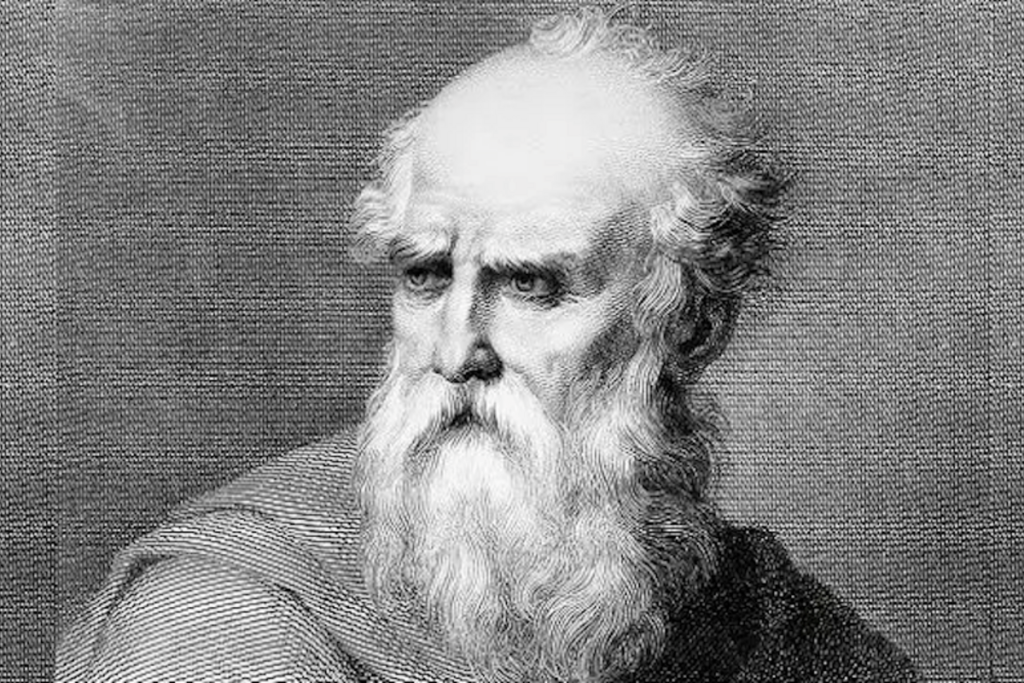Everyone at some point comes in contact with the work of the architect and from this universal contact architecture derives its significance as an index of the civilization of an age, a race, or a people – A.D.F Hamlin (2008 – A text book of the History of Architecture)
The conquest of a people, the mystery of the metaphysical and dominion of the universe are three ways men have their presence stamped in history. We read about periods of wars and they help us scale time past. We study seasons of technological development, industrial and economic ages, religious and architectural periods with the same result as man’s presence in time is marked. We live in a period that future historians will do the same. We can study the past to grasp the genius of their ages; men and women who shaped and crafted it, and that can school us in the present, with the knowledge gained, as indicative of the imperative of practice.
Marcus Vitruvius Pollio, the great 1st century architect, engineer and artilleryman, held that noble principles should govern the conduct of the architect. His works and literature inspired and formed Roman architecture and the subsequent periods to this day. In his book, the Ten books of architecture, he says, “Architects who have aimed at acquiring manual skill without scholarship have never been able to reach a position of authority to correspond to their pains, while those who relied only upon theories and scholarship were obviously hunting the shadow, not the substance. But those who have thorough knowledge of both like men armed at all points have the sooner attained their object and carried authority with them.”
Simply, the architect must master the theory of what he practices. Most notable was his rhetoric that all buildings should espouse three attributes: firmitas, utilitas, and venustas (“strength”, “utility”, and “beauty”). Understandably, good architecture combines in full measure, vitality in the structure, usability of the spaces, and its overall aesthetics.
In Kenya, some designers have intuitively captured this by surprise or intentional masterpieces, while many create good engineering works by neglecting beauty, others have disregarded strength to their detriment. Select are artists and trophy designers when beauty and bombastic design trends are of priority. Hideous designs, collapsed buildings and unusable spaces, however, are rampant locally and are a problem to be solved. The problem can be observed, dissected and analyzed but till it is solved it is still a problem.
By asking why we do things, we can in a great measure know how we do things. In design school, the questions asked were why and what if? To help the student justify every decision and do the next thing. The reason formed the discussion and led to logical reasoning behind, sometimes the reason just being preference. Today’s we debut Truvius Design.
We will find solutions, show our works, with our best being the next one, we will engage in research on history, criticize, interrogate and appreciate the present, and cast on the future. Consider this as a first, to what will become regular discourse on architecture and the built environment. Truvius Design will be part of an index of the civilization of this age and people. A people to be protected in safe strong buildings, in spaces that serve them, and leave an aesthetic mark in this age.
We are crafters of fine architecture, shaped with art, handled with science.

